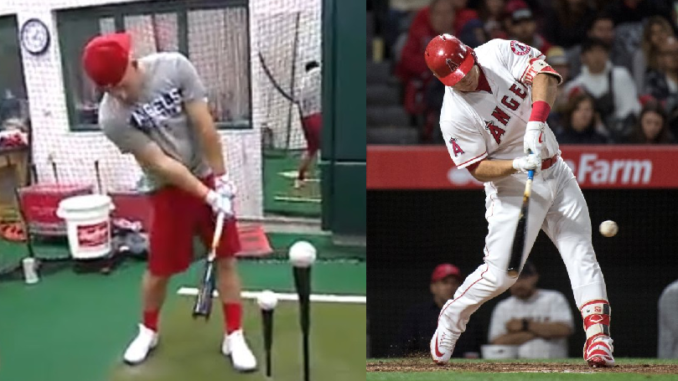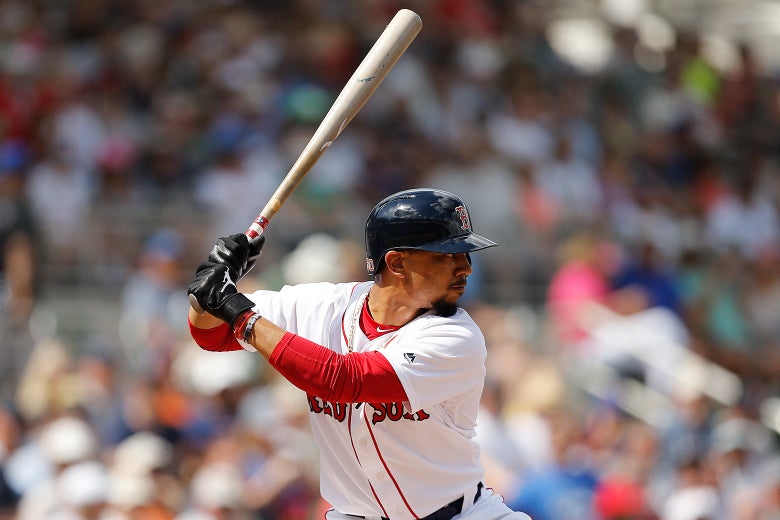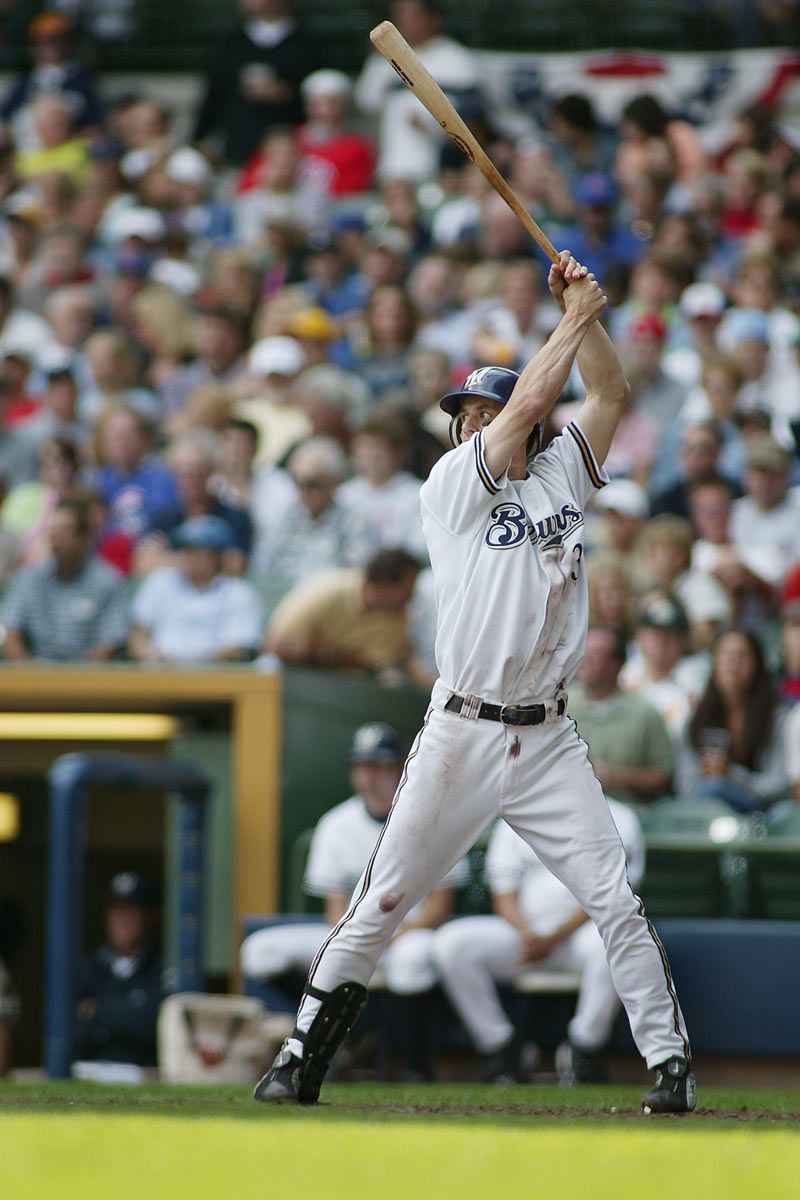
In previous posts, I’ve talked about the Action-Perception Gap. That phrase might be new to some, but all it means is, the difference between what a person thinks they’re doing from what they actually are doing. For example, let’s look the above pictures. On the left, Mike Trout shows what he thinks he looks like at contact (Perception.) The right picture shows what he actually looks like at contact (Action.) The fact that they are different, is the gap. Ideally, we can get hitters to the point where there is no Action-Perception Gap.
The Action-Perception Gap also shows up in other ways when working with hitters. Often, I will place a hitter into a new posture or position they are not used to. They will take a swing and then I will tell them to set up in the same posture or position I just showed them. Many times, they will set up in the same position they are used to. Or they will set up only slightly better than what they are used to, but still very far away from what I showed them. The new position feels wrong to them. They want to go back to what they are used to, even though what they are used to, is a flawed movement. So at first, until they spend a lot of time practicing, they will set up very similarly to how they are used to. Any deviation from what they are used to feels much larger than it really is.
Let’s look at an example to make this clearer. I’m currently working with a hitter who starts his hands too low and never gets his arms up into the shoulder line.


My student will keep his hands low like in the first Betts photo and start the swing from a similar set up to that first photo. We are working towards having him look like the second photo at the start of the swing. So I will physically set him up in a position like the second photo. When he sets up on his own he will still go back to what he is used to, which looks like the first photo. I must tell him to get his arms up higher before every swing. Many times I will have to say “keep going, keep going, keep going” as he slowly moves his arms up higher. Since he is not used to the higher set up, every inch higher he sets up, feels like a foot to him.

Once he gets into the proper position he feels like he is holding his hands as high as the above photo of Craig Counsell. I will often have to stop and take a picture of him, to show him what he actually looks like. This difference in feel is another example of the Action-Perception Gap. It is also more proof that objective feedback like a bat sensor, video or even a mirror is important when learning new movements.
So, the Action-Perception Gap is very common when dealing with hitters. And there is nothing wrong with that. It is okay and perfectly normal to struggle with your body awareness when first learning new techniques. But my goal as a hitting coach is to cut down on the time it takes hitters to be aware of body movements and make sure all of my hitters develop a better “feel” for their swings.
Lastly, this Action-Perception Gap phenomenon is not limited to hitting, or baseball in general. All forms of learning deal with this in some way or another, and I wanted to end the post with a funny example. The following video clip from the Curb Your Enthusiasm episode “The Seder” shows the Action-Perception Gap and accurately portrays anyone who has ever recorded their swing and looked back at it in slow motion.
